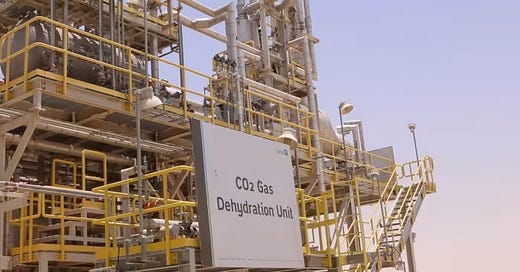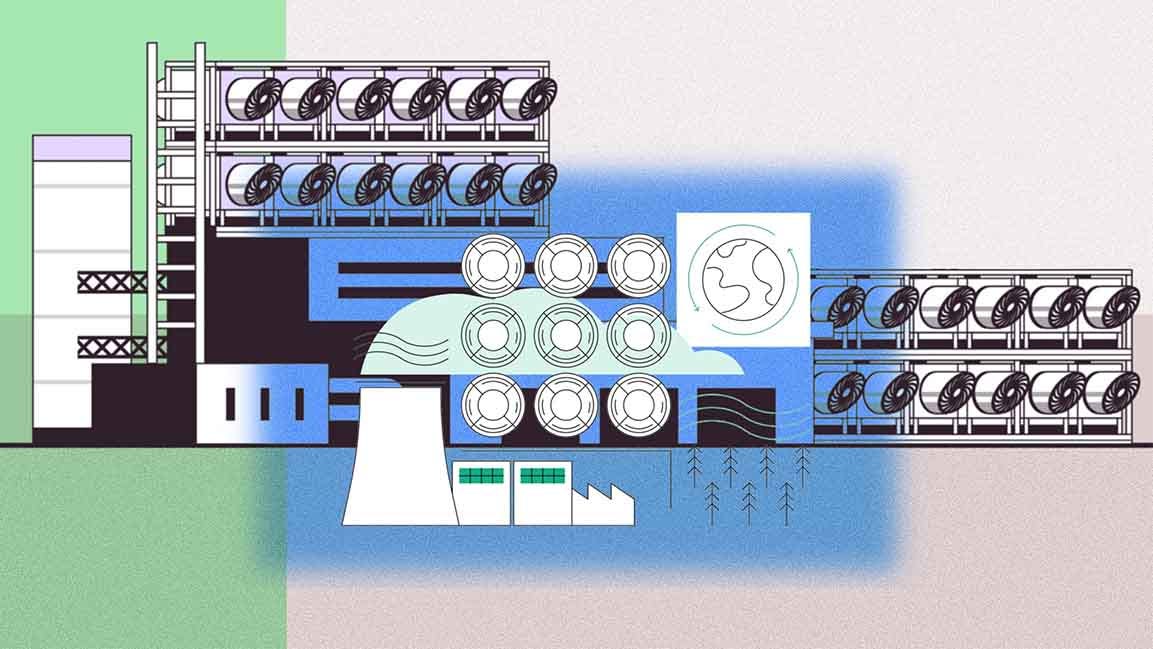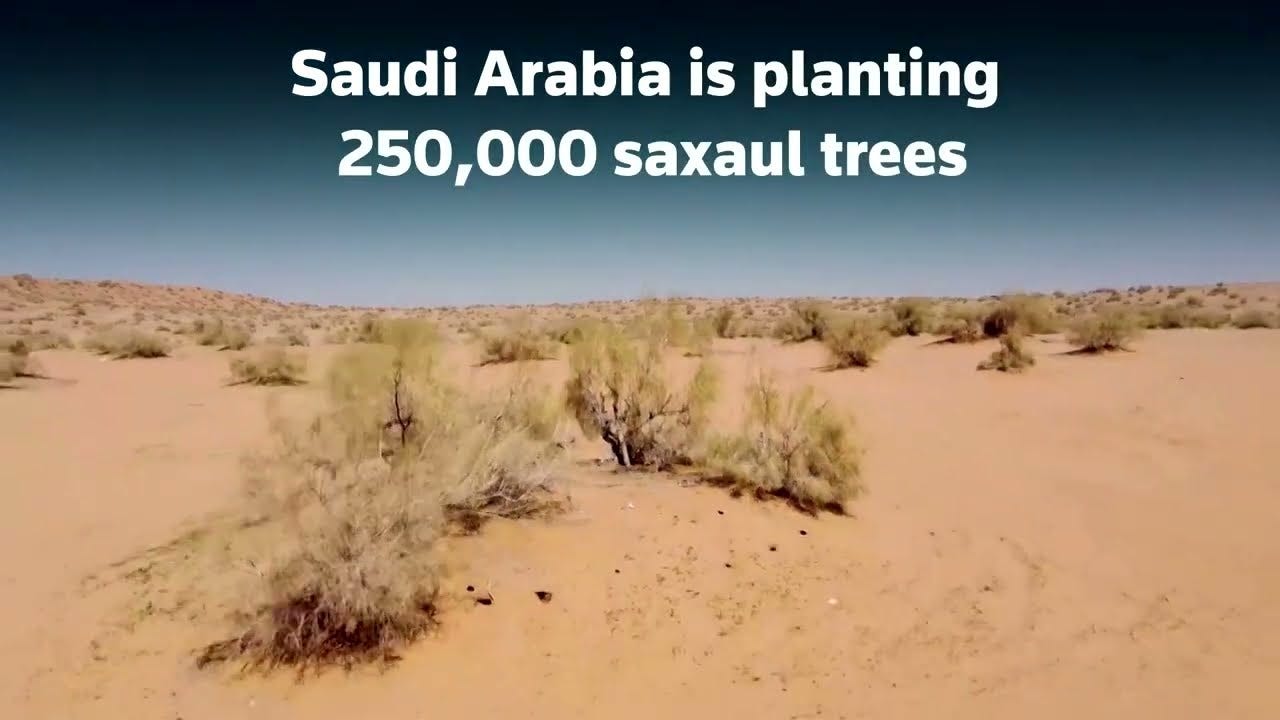Saudi Green Initiative Faces the Climate Challenge
Ambitions and actions in the Kingdom to offset climate change
March 27 is Saudi Green Initiative Day, a relatively new national day marking the country’s transition towards a greener and cleaner future. The notable day is part of wider efforts to highlight that the Kingdom is pushing ahead with plans despite criticism from abroad.
Saudi Arabia's Saudi Green Initiative (SGI), launched in 2021, sets out a bold environmental agenda amidst the global climate crisis. With ambitious targets for 2030, the initiative aims to significantly reduce carbon emissions, massively increase green cover, and protect a substantial portion of its natural habitats. Here's a closer look at what the initiative involves and the breadth of projects underway.
Key Targets and Skepticism
SGI plans to cut carbon emissions by 278 million tons per year by 2030, a target that raises both hopes and eyebrows, considering the Kingdom's status as one of the world's leading oil producers.
The plan to plant 10 billion trees across Saudi Arabia and protect 30% of its land and sea areas by the same year is an equally audacious goal, with several hundred botanists and regreening experts being brought into the country in recent months to push the project to completion.
Carbon capture in Saudi Arabia
One of the more exciting aspects of SGI is its venture into using captured carbon to create chemicals and synthetic fuels, including turning CO2 into green methanol.
While this represents a forward-thinking approach to carbon recycling, the scalability and impact of such projects remain to be seen.
Another cornerstone of SGI is transforming the Kingdom's energy mix by increasing the share of renewable energy to 50%. This will need to be overseen by global companies in the industry to move away from criticisms of "so-called “greenwashing” that have been levied against the industry outside of Saudi Arabia so far.
This green shift aims to reduce CO2 emissions substantially but requires significant investment in renewable infrastructure and technology, alongside a cultural shift in energy consumption patterns.
SGI also eyes a leading role in the global clean hydrogen market, aiming to produce four million tons per year. While promising, this ambition is contingent on developing and scaling up technologies that are currently in their nascent stages.
The Green Riyadh project and the initiative to plant 100 million mangrove trees highlight SGI's focus on greening urban and coastal areas. These efforts aim to improve air quality and combat coastal erosion but will need to overcome challenges related to water resources and land management.
Community Engagement and Environmental Impact
The 'Let's Make it Green' campaign and establishing a significant no-take marine protected area signal Saudi Arabia's commitment to engaging communities in conservation efforts and protecting marine life. However, the success of these initiatives will heavily depend on effective implementation, ongoing community engagement, and rigorous environmental monitoring.
The SGI represents a significant step for Saudi Arabia in addressing climate change and environmental degradation. However, the initiative's long-term success will depend on its ability to navigate the huge carbon loads produced from projects, including NEOM and other developments in the Kingdom.
Support our network by buying a subscription.







